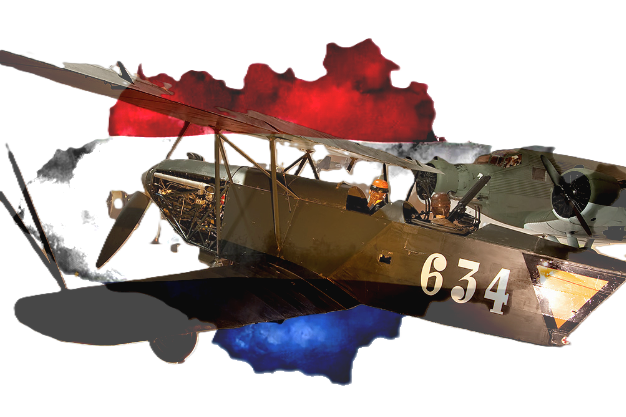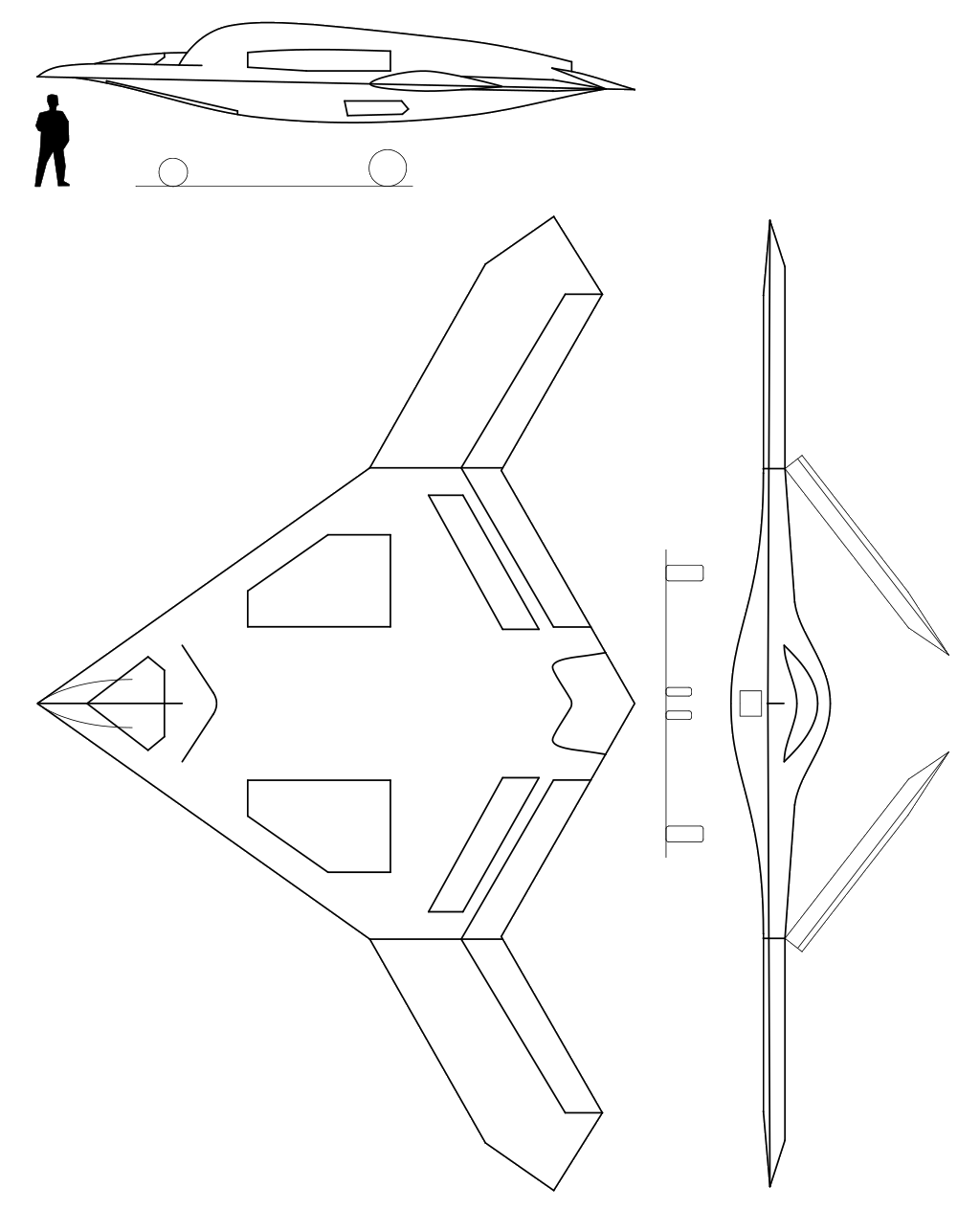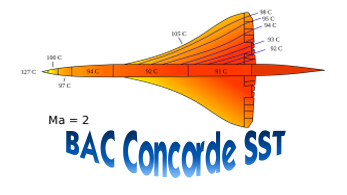De Havilland Canada
DHC-1 Chipmunk
 |
|
| General information | |
|---|---|
| Type | Trainer |
| Manufacturer | de Havilland Canada |
| Status | In limited service |
| Primary users | Royal Air Force (historical)Royal Canadian Air Force (historical) Portuguese Air Force |
| Number built | 1,284 (including Canadian, British, and Portuguese production)[1] |
| History | |
| Manufactured | 1947–1956 |
| Introduction date | 1946 |
| First flight | 22 May 1946 |
| Retired | 1955 (Belgium) 1972 (Canada)1996 (United Kingdom) |
.
History De Havilland Aircraft of Canada Limited.
de Havilland
Canada
DHC-1 Chipmunk
Manufactured 1947–1956

The de Havilland Canada DHC-1 Chipmunk is a tandem, two-seat, single-engined primary trainer aircraft designed and developed by Canadian aircraft manufacturer de Havilland Canada. It was developed shortly after the Second World War and sold in large numbers during the immediate post-war years, being typically employed as a replacement for the de Havilland Tiger Moth biplane.
Development

Origins
Immediately following the conclusion of the Second World War, there was a desire within Canadian aviation circles to take advantage during the peace years of the recently expanded aircraft manufacturing industry which had been rapidly built up in Canada. Out of this desire, it was decided to embark on developing aircraft which would replace designs rendered obsolete by the rapid advances made during the war in the aviation field. One such company, de Havilland Aircraft of Canada Ltd, was interested in developing its own aircraft designs, and chose to focus on producing a contemporary aircraft for pilot training, specifically intending for the envisioned type to serve as a successor to the de Havilland Tiger Moth biplane trainer, which had been produced by the thousands before and during the Second World War, and saw military service with a number of nations in that conflict.
Design


The de Havilland Canada DHC-1 Chipmunk is a two-seat, single-engine aircraft that has been heavily used as a primary trainer aircraft The basic configuration of the aircraft included a low-mounted wing and a two-place tandem cockpit, which was fitted with a clear perspex canopy covers the pilot/student (front) and instructor/passenger (rear) positions and provided all-round visibility. The Chipmunk uses a conventional tailwheel landing gear arrangement and is fitted with fabric-covered flight control surfaces; the wing is also fabric-covered aft of the spar. In terms of handling, the Chipmunk exhibited a gentle and responsive flight attitude. Early production aircraft were only semi-aerobatic, while later production models were almost all fully aerobatic
0
KmCeiling
0
KmCombat RANGE
0
Km/hAircraft Speed
0
Max Crew
Photo Gallery
De Havilland Aircraft of Canada Limited.
de Havilland
Canada
DHC-1 Chipmunk
Manufactured 1947–1956


Manufactured 1947–1956
De Havilland Aircraft of Canada Limited. de Havilland Canada DHC-1 Chipmunk Manufactured 1947–1956
General Info
-
-
-
- Crew: 2
- Length: 25 ft 5 in (7.75 m)
- Wingspan: 34 ft 4 in (10.46 m)
- Height: 7 ft 1 in (2.16 m)
- Wing area: 172 sq ft (16.0 m2)
-
-
Powerplant
-
-
-
- Empty weight: (688 kg)
- Gross weight: (914 kg)
- Max takeoff weight: (998 kg)
- Powerplant: 1 × de Havilland Gipsy Major 1C 4-cylinder air-cooled inverted in-line piston engine, 145 hp (108 kW)
-
-
Performance
- Maximum speed: (120 kn) at sea level
- Cruise speed: (166 km/h, 90 kn)
- Range: 259 mi (417 km, 225 nmi)
- Service ceiling: 15,800 ft (4,800 m)
Related development
.
Links to Youtube & Others
In 1986, Boeing bought the company in a bid to improve production at DHC's Downsview Airport plants, as well as better position itself to compete for a new Air Canada order for large intercontinental airliners.
Bombardier Challenger 600 series business jets
Bombardier aimed to produce the Q400 more economically. A deal with its machinists union in June 2017
Youtube Link
The Dash 8 is a turboprop airliner designed by De Havilland Canada. It shares engines and avionics with many other airplane types.













